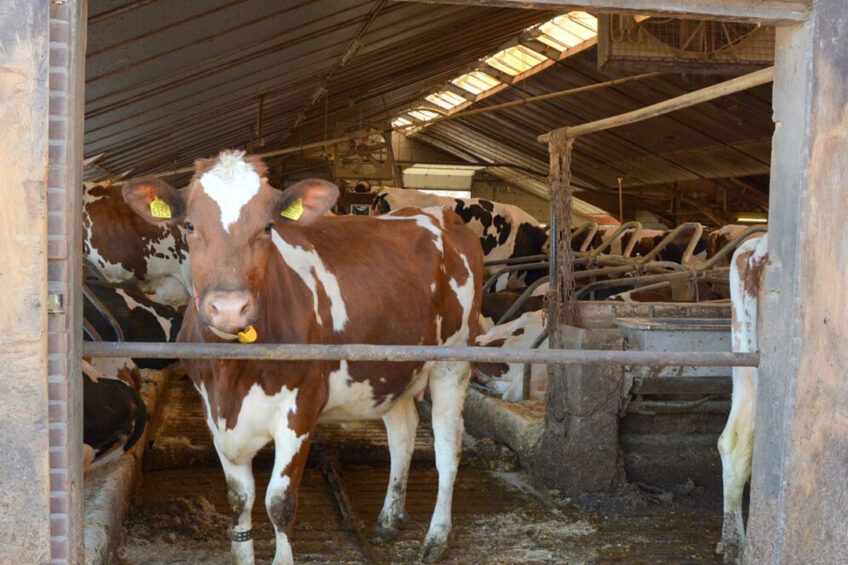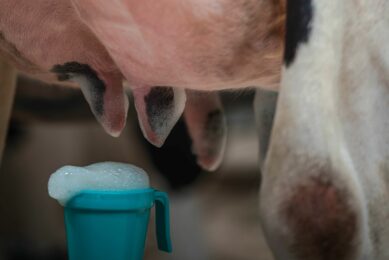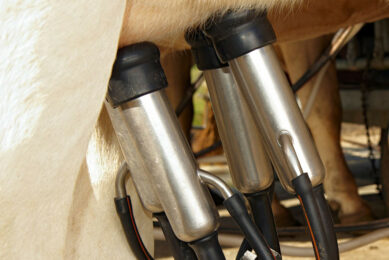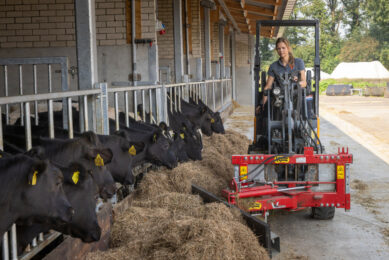Exit rate of dairy farmers in Great Britain slows

The number of dairy farmers exiting the dairy industry in Great Britain has slowed down according to new figures launched by AHDB.
Following a recent survey of the main milk buyers in April 2022, there are 7,880 dairy producers in Great Britain, which includes England, Scotland and Wales. Compared to the same period last year, these figures indicate that 160 producers have subsequently left the industry, which is a slower rate of exit than during previous years.
Slower exit encouraging
Despite current pressures with increased costs of production, the slower exit rate is encouraging to the industry and to other dairy farmers.
The latest figures also suggest that the average volume per farm in Great Britain is 1.57 million litres, which is level with the figures for October 2021 and only slightly up on April 2021. Obtaining accurate figures of the number of producers currently active at any one time is very difficult due to the varied reporting methods available.
The Food Standards Agency produces figures for England and Wales, based on the number of farmers registered to produce milk. However, de-registering is voluntary, and therefore unlikely to be top of the ‘to do’ list for a farmer leaving the industry. The FSA will often only capture this cessation when a regular check is carried out. These checks occur on a 10-year basis (for those registered with Red Tractor) or a 2-year basis otherwise. This means FSA numbers will often over-state the number of dairy farmers in the country.
Defra carries out a survey on the number of dairy holdings across the UK, which returns a figure considerably higher than the AHDB estimate. This is because it includes all farms with a dairy cow over 2 years of age with offspring. Around a third of those holdings had fewer than 10 cows, meaning they are unlikely to be commercial dairy farms, and would be excluded from this estimate.
Join 13,000+ subscribers
Subscribe to our newsletter to stay updated about all the need-to-know content in the dairy sector, two times a week.










